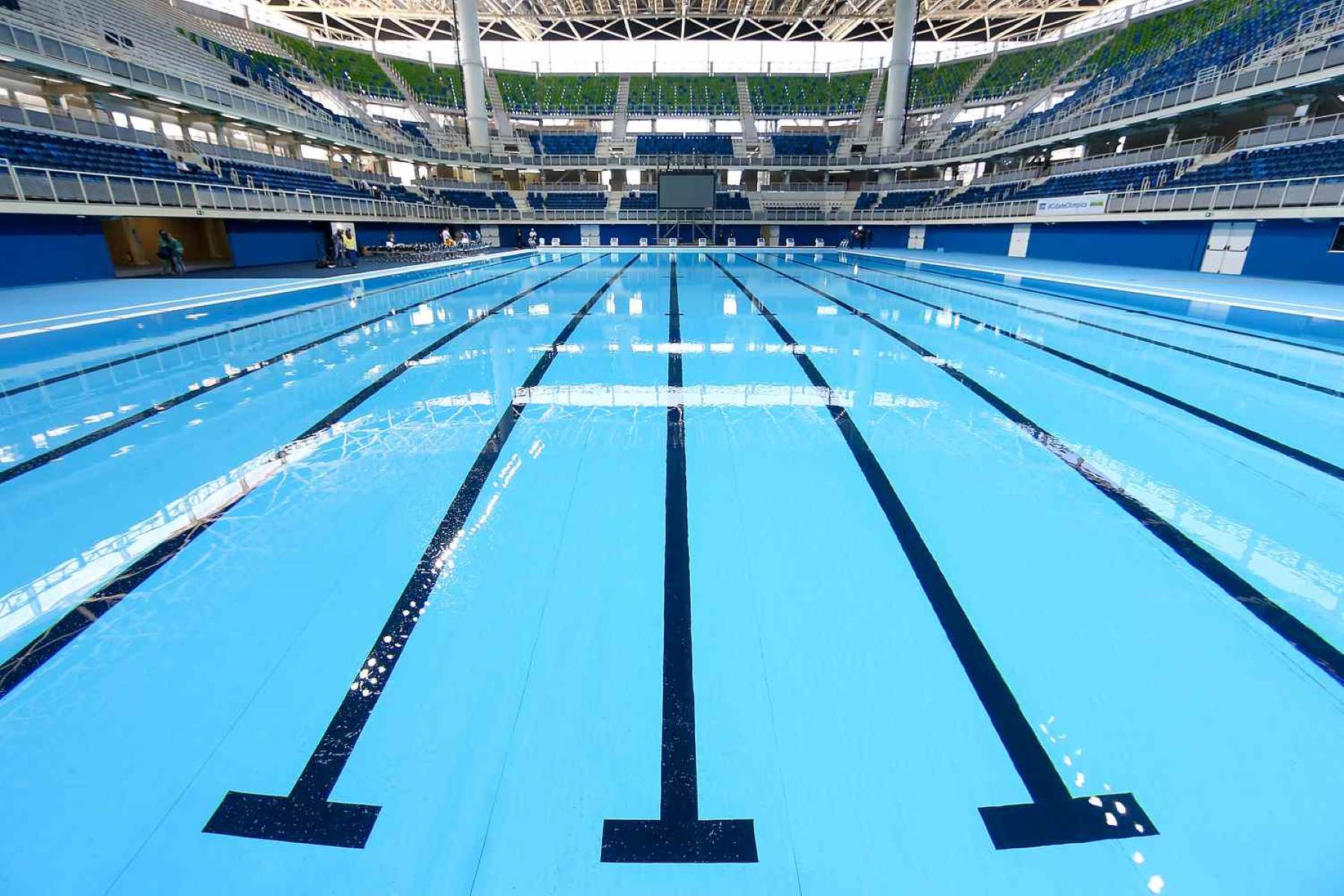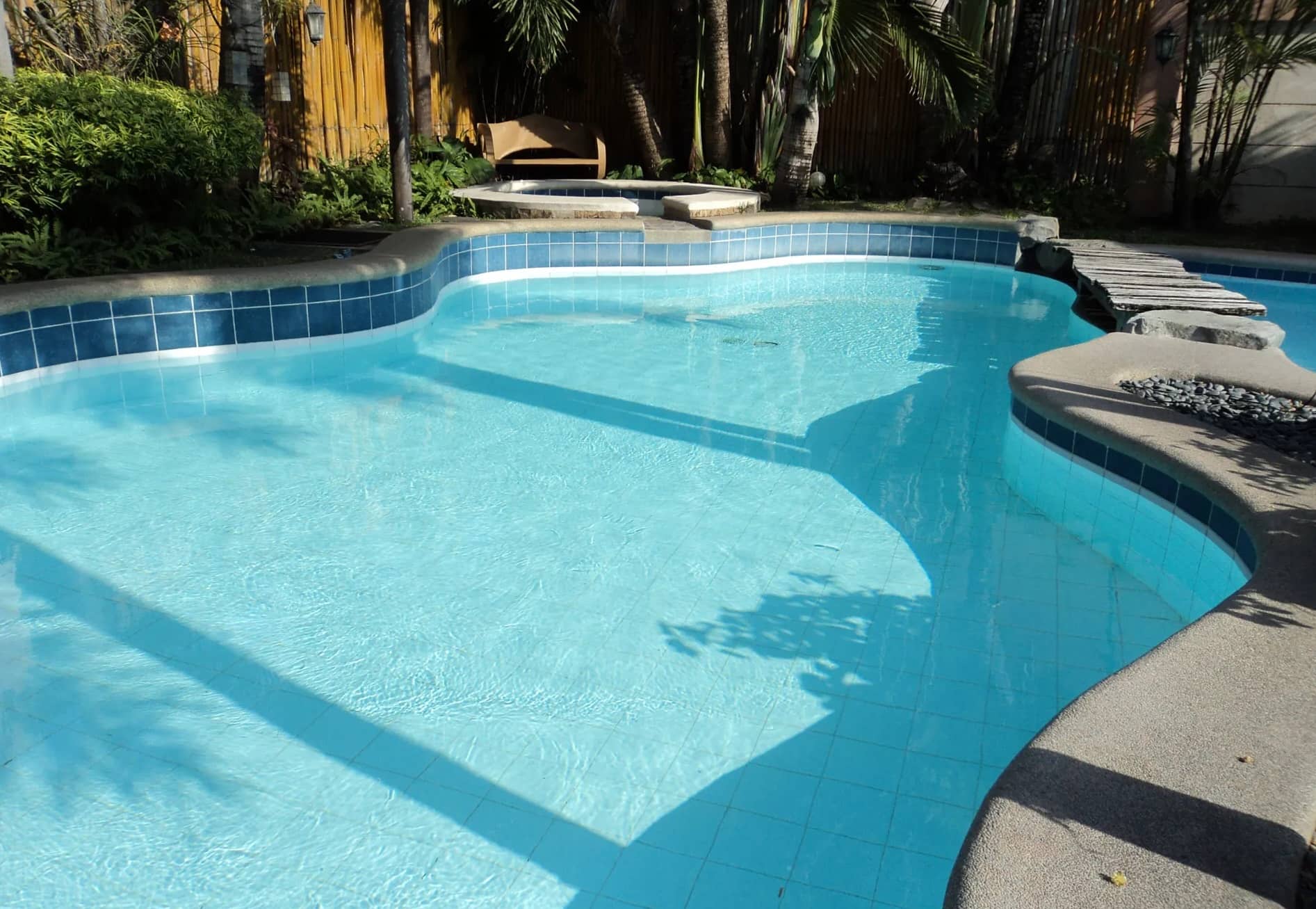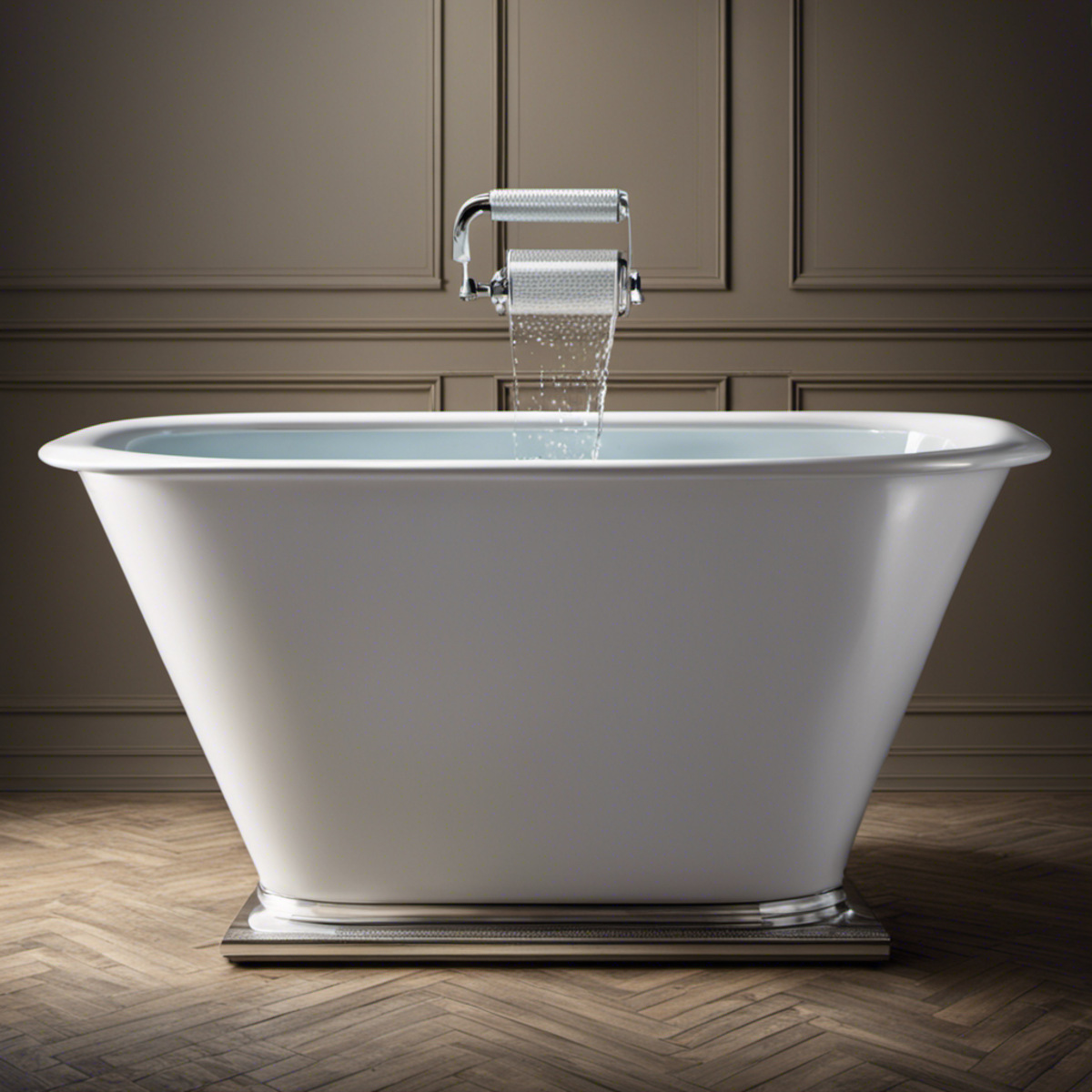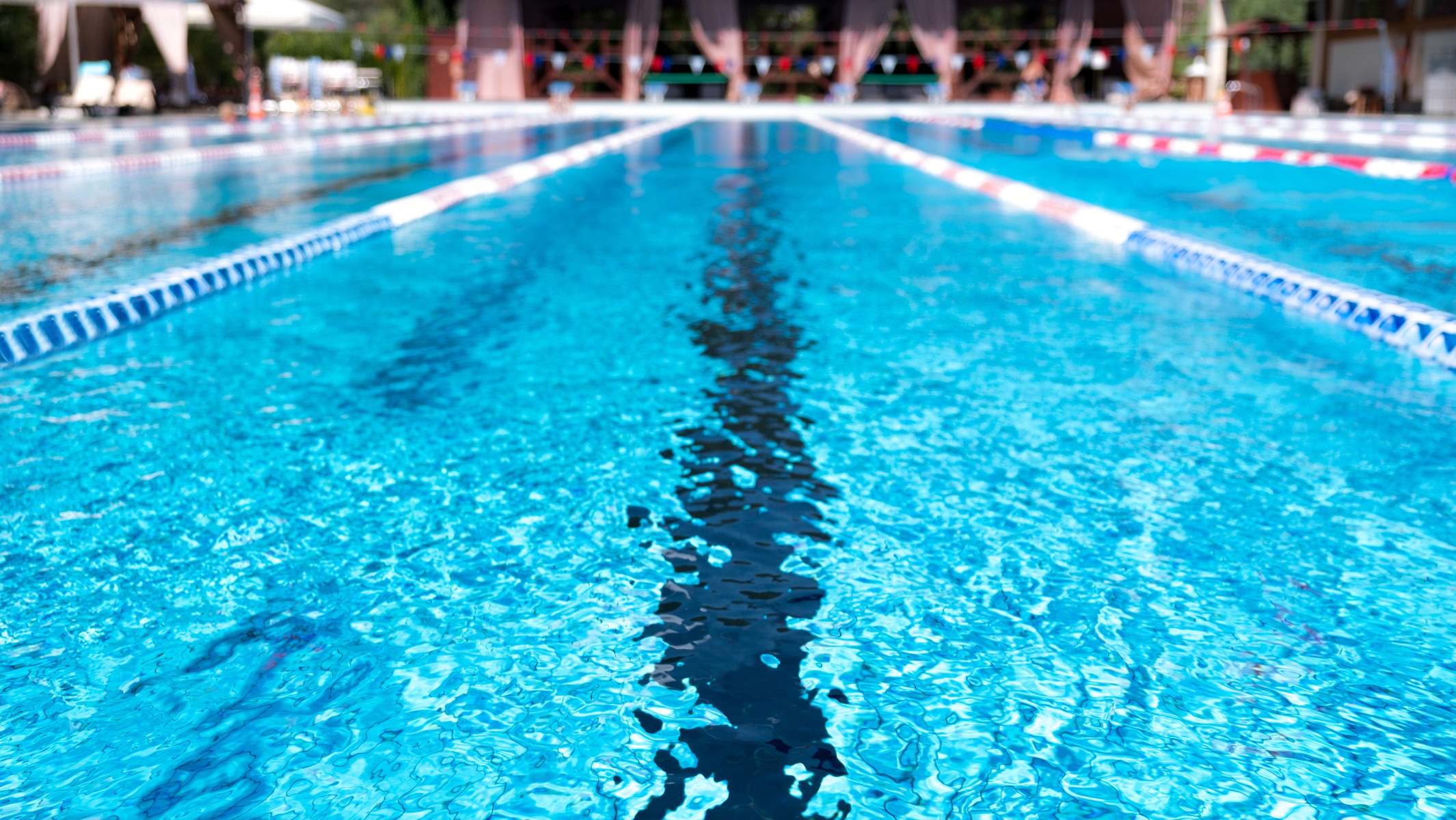Home>Gardening & Outdoor>Outdoor Recreation & Activities>How Many Liters Is A Swimming Pool


Outdoor Recreation & Activities
How Many Liters Is A Swimming Pool
Modified: March 2, 2024
Discover the ideal pool size for your outdoor recreation and activities. Find out how many liters your swimming pool should hold. Get expert advice now!
(Many of the links in this article redirect to a specific reviewed product. Your purchase of these products through affiliate links helps to generate commission for Storables.com, at no extra cost. Learn more)
Introduction
Swimming pools are synonymous with relaxation, fun, and a refreshing escape from the summer heat. Whether you're a dedicated swimmer, a pool party enthusiast, or simply enjoy lounging by the water, understanding the volume of a swimming pool is essential for maintenance, chemical treatment, and overall enjoyment.
The size of a swimming pool is commonly measured in liters, a unit of volume that provides a clear indication of the pool's capacity. Knowing the volume of a swimming pool is crucial for determining the amount of water required to fill it, the quantity of chemicals needed for proper maintenance, and the overall water circulation and filtration capacity.
In this article, we will delve into the standard sizes of swimming pools, the factors that influence their volume, and the methods for accurately calculating the volume of a swimming pool. Whether you're a homeowner considering the installation of a new pool, a professional in the pool maintenance industry, or simply someone with a curious mind, this exploration of swimming pool volumes will provide valuable insights and practical knowledge.
Understanding the volume of a swimming pool goes beyond mere numbers; it encompasses the essence of aquatic enjoyment, the science of water treatment, and the art of creating a refreshing oasis. So, let's dive into the depths of swimming pool volumes and unravel the secrets that lie beneath the shimmering surface.
Key Takeaways:
- Dive into the world of swimming pool volumes to understand how pool size, shape, and features affect the amount of water it holds. From cozy backyard pools to Olympic-sized arenas, there’s a perfect fit for every aquatic enthusiast!
- Whether it’s using math formulas, water displacement, advanced technology, or professional help, accurately calculating a pool’s volume is crucial for proper maintenance and enjoyable aquatic experiences. Embrace the science and art of swimming pool volumes!
Read more: How Many Liters In An Olympic Swimming Pool
Standard Sizes of Swimming Pools
When it comes to swimming pools, there is a wide array of standard sizes that cater to different preferences, available space, and usage requirements. Understanding these standard sizes is crucial for anyone considering the installation of a swimming pool or seeking to comprehend the dimensions of existing pools.
-
Small Pools:
- Small pools are ideal for compact spaces and are often referred to as plunge pools or splash pools. They typically range from 10 feet by 20 feet to 15 feet by 25 feet, with a depth of around 4 to 5 feet. These pools are perfect for relaxation, hydrotherapy, and cooling off on hot days.
-
Medium Pools:
- Medium-sized pools are popular choices for residential properties and recreational facilities. They typically measure between 20 feet by 40 feet to 25 feet by 45 feet, with a depth ranging from 5 to 7 feet. These pools offer ample space for swimming, water games, and social gatherings.
-
Large Pools:
- Large pools are often found in commercial settings, such as hotels, resorts, and public aquatic centers. Their dimensions can vary significantly, with some exceeding 50 feet in length and 25 feet in width. The depth of large pools is typically deeper, ranging from 8 to 12 feet, providing ample room for diverse aquatic activities and competitive swimming.
-
Olympic-Sized Pools:
- Olympic-sized pools adhere to strict dimensions set by the International Swimming Federation (FINA). These pools measure 50 meters in length, 25 meters in width, and have a depth of at least 2 meters. They are designed to accommodate competitive swimming events and training sessions for professional athletes.
-
Custom Pools:
- In addition to standard sizes, custom pools offer endless possibilities for tailoring the dimensions to suit specific preferences and spatial constraints. From freeform designs to geometric shapes, custom pools can be crafted to harmonize with the surrounding landscape and fulfill unique aesthetic and functional requirements.
Understanding the standard sizes of swimming pools provides valuable insights into the available options and helps individuals and professionals make informed decisions regarding pool selection, design, and installation. Whether it's a cozy backyard retreat, a community pool, or a world-class aquatic facility, the diverse range of standard pool sizes ensures that there's a perfect fit for every aquatic enthusiast.
Factors Affecting the Volume of a Swimming Pool
The volume of a swimming pool is influenced by various factors that collectively determine the amount of water it can hold. Understanding these factors is essential for accurately assessing the volume of a pool and ensuring optimal maintenance and functionality.
-
Shape and Dimensions: The shape and dimensions of a pool significantly impact its volume. Rectangular pools generally have a straightforward volume calculation, while irregularly shaped pools, such as kidney or freeform designs, require more complex calculations due to their varying widths and depths.
-
Depth: The depth of a pool is a critical factor in determining its volume. Pools with consistent depth throughout, such as lap pools, have a straightforward volume calculation. However, pools with varying depths, such as sloped or deep-end designs, require careful measurement and calculation to accurately determine their volume.
-
Tapered Walls: Some pools feature tapered walls, where the depth gradually decreases from one end to the other. This design element adds complexity to volume calculations, as the depth must be measured at multiple points to accurately assess the pool's total volume.
-
Waterline: The waterline, or the level at which the water meets the pool's walls, can vary based on factors such as evaporation, usage, and weather conditions. Monitoring and adjusting the waterline is crucial for maintaining the pool's volume and ensuring proper water circulation.
-
Overflow Systems: Pools equipped with overflow systems, also known as infinity edge or vanishing edge pools, require special consideration when calculating volume. These systems involve water spillover, which necessitates precise volume calculations to account for the additional water displacement.
-
Built-in Features: Built-in features such as steps, benches, and ledges can affect a pool's volume. These features displace water and alter the overall volume, requiring careful measurement and calculation to accurately determine the pool's capacity.
-
Expansion Joints and Coping: Expansion joints and coping, essential components of pool construction, can impact the pool's volume due to their displacement of water. Properly accounting for these elements is crucial for accurate volume assessment and maintenance.
-
Surrounding Landscape: The surrounding landscape, including slopes, retaining walls, and adjacent structures, can influence the volume of a pool. Understanding the topographical context of the pool's location is essential for comprehensive volume assessment and maintenance planning.
Considering these factors is vital for accurately determining the volume of a swimming pool. Whether for routine maintenance, chemical treatment, or construction planning, a thorough understanding of these elements ensures that the pool's volume is effectively managed and optimized for enjoyment and longevity.
Calculating the Volume of a Swimming Pool
Accurately calculating the volume of a swimming pool is essential for various maintenance and operational purposes. Whether you're a pool owner, maintenance professional, or designer, understanding the process of calculating a pool's volume is crucial for effective water treatment, chemical dosing, and overall management. The following methods provide comprehensive approaches to determine the volume of a swimming pool:
Method 1: Mathematical Formulas
Mathematical formulas offer a precise means of calculating the volume of standard-shaped pools, such as rectangular, circular, and oval designs. For a rectangular pool, the volume can be calculated by multiplying the length, width, and average depth. Similarly, the volume of a circular or oval pool can be determined using the formula for the volume of a cylinder, which involves multiplying the area of the pool's base by the average depth.
Read more: How Many Yards In A Swimming Pool
Method 2: Water Displacement
Water displacement provides a practical method for calculating the volume of irregularly shaped pools, as well as pools with varying depths and built-in features. By filling the pool to a predetermined level and measuring the amount of water added, the volume can be accurately determined. This method is particularly useful for kidney-shaped, freeform, and custom-designed pools, where traditional mathematical formulas may not apply.
Method 3: 3D Scanning and Modeling
Advanced technologies, such as 3D scanning and modeling, offer a cutting-edge approach to calculating the volume of swimming pools with unparalleled accuracy. By creating a digital representation of the pool's shape and dimensions, 3D scanning and modeling enable precise volume calculations, especially for pools with complex geometries, tapered walls, and intricate features. This method is favored for high-end residential pools, commercial aquatic facilities, and competitive swimming venues where precision is paramount.
Method 4: Professional Assessment
In cases where the pool's design, dimensions, or features present unique challenges for volume calculation, seeking the expertise of a professional pool designer or engineer is advisable. These professionals possess the knowledge, tools, and experience to accurately assess the volume of any pool, taking into account its specific characteristics and intricacies. Professional assessment ensures that the pool's volume is determined with the highest level of accuracy and reliability.
By employing these methods, pool owners, maintenance professionals, and designers can confidently calculate the volume of swimming pools, enabling precise water treatment, chemical dosing, and maintenance planning. Whether it's a cozy backyard pool, a luxurious resort oasis, or a state-of-the-art aquatic complex, accurate volume calculation is fundamental to the efficient and sustainable operation of swimming pools.
Conclusion
Understanding the volume of a swimming pool is not merely a matter of numbers; it embodies the essence of aquatic enjoyment, the science of water treatment, and the art of creating a refreshing oasis. From the standard sizes of swimming pools to the factors influencing their volume and the methods for accurately calculating their capacity, the world of swimming pool volumes is a fascinating blend of practicality and creativity.
As we've explored the standard sizes of swimming pools, ranging from small plunge pools to Olympic-sized aquatic arenas, it's evident that there's a perfect fit for every aquatic enthusiast. Whether it's a cozy backyard retreat, a community pool, or a world-class aquatic facility, the diverse range of standard pool sizes ensures that there's a suitable option for every setting and purpose.
The factors affecting the volume of a swimming pool, including shape, dimensions, depth, built-in features, and surrounding landscape, underscore the intricate interplay between design, construction, and environmental context. By considering these factors, pool owners, designers, and maintenance professionals can gain a comprehensive understanding of a pool's volume and ensure its efficient management and longevity.
In the realm of calculating the volume of a swimming pool, the methods we've explored offer a spectrum of approaches, from mathematical formulas and water displacement to advanced technologies and professional assessment. These methods empower individuals and professionals to accurately assess a pool's volume, enabling precise water treatment, chemical dosing, and maintenance planning.
Ultimately, the volume of a swimming pool encapsulates the promise of relaxation, recreation, and rejuvenation. It represents the potential for aquatic adventures, social gatherings, and personal wellness. By unraveling the secrets that lie beneath the shimmering surface, we gain a deeper appreciation for the role of swimming pool volumes in shaping our aquatic experiences and enhancing our connection to the water.
So, whether you're envisioning a tranquil backyard oasis, a vibrant community hub, or a world-class aquatic destination, the volume of a swimming pool serves as a foundational element, shaping the contours of aquatic enjoyment and inviting us to dive into a realm of refreshing possibilities.
Frequently Asked Questions about How Many Liters Is A Swimming Pool
Was this page helpful?
At Storables.com, we guarantee accurate and reliable information. Our content, validated by Expert Board Contributors, is crafted following stringent Editorial Policies. We're committed to providing you with well-researched, expert-backed insights for all your informational needs.















0 thoughts on “How Many Liters Is A Swimming Pool”